Tsurugaoka Hachimangu – Kamakura’s Historic Shinto Shrine
Overview: Spiritual Heart of Kamakura
Tsurugaoka Hachimangu is a historic Shinto shrine located in Kamakura, Japan. It is the
spiritual and cultural heart of the city, renowned for its impressive architecture,
tranquil ponds, and seasonal beauty.
The shrine hosts many traditional festivals and is a popular destination for both
worshippers and tourists. Its approach is lined with cherry trees, making it especially
beautiful in spring.
For more sightseeing ideas, see the "Find Recommended Sightseeing Spots Near Tsurugaoka
Hachimangu" section below!
Tip: From Kamakura Station, you can reach Tsurugaoka Hachimangu by
walking along Komachi Street (Komachi-dori), a lively
shopping street
filled with local snacks and souvenirs, before arriving at the shrine’s entrance.
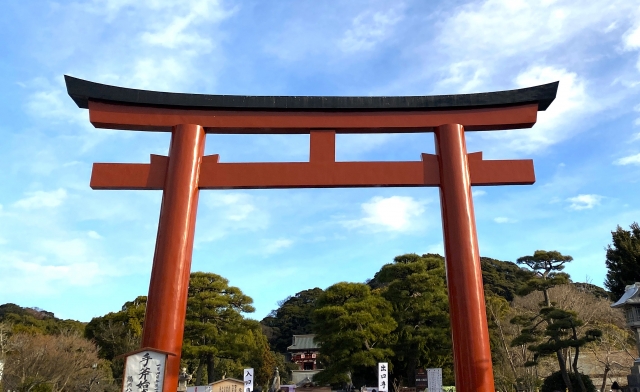
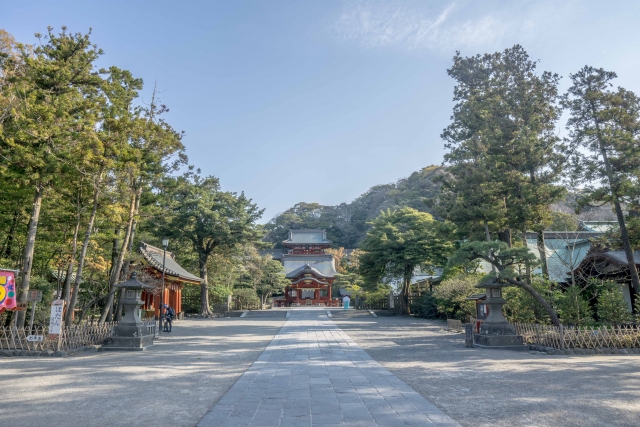
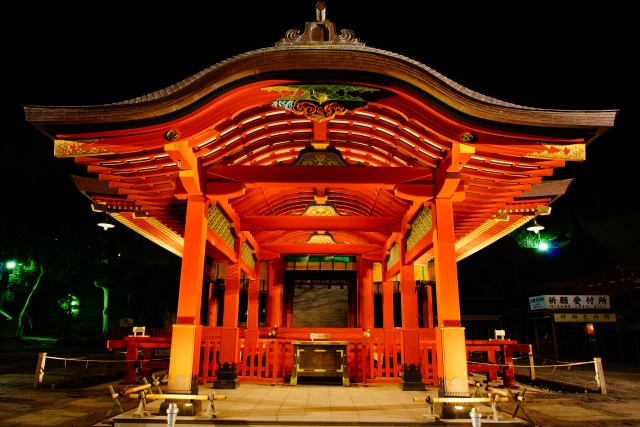
History and Cultural Significance
Tsurugaoka Hachimangu has a history of over 800 years and is closely associated with Minamoto no Yoritomo, the first shogun of the Kamakura shogunate. Originally established when Minamoto no Yoriyoshi, Yoritomo's ancestor, enshrined the deity from Iwashimizu Hachimangu in Kyoto at Yuigahama, the shrine was later relocated to its current site by Yoritomo himself. Deeply revered by the samurai class, Tsurugaoka Hachimangu became a symbol of martial valor and victory, attracting widespread devotion as a guardian of warriors.
This is the picture of YABUSAME ↓
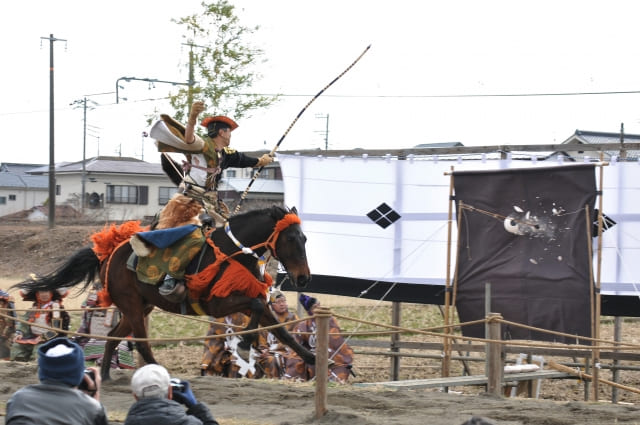
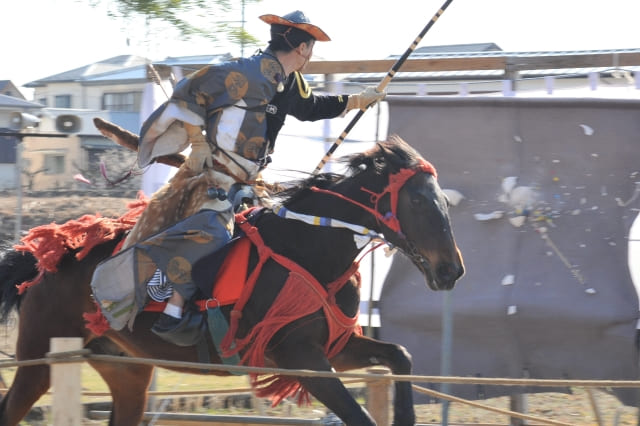
The shrine is also known as the birthplace of traditional practices such as YABUSAME (horseback archery) and HAMAYA (ritual arrows for warding off evil), both of which reflect the enduring legacy of samurai culture. Today, Tsurugaoka Hachimangu remains a popular destination for visitors, offering a unique glimpse into Japan’s feudal history and spiritual traditions.
How to Get to Tsurugaoka Hachimangu (Last updated: June 11 , 2025)
| Departure Station | Route | Estimated Time | Estimated Cost |
|---|---|---|---|
| Tokyo | JR Yokosuka Line → Kamakura Station (East Exit, walk 10 min) | About 60 min | ¥940 |
| Shinjuku | JR Shonan-Shinjuku Line → Kamakura Station | About 60 min | ¥940 |
| Yokohama | JR Yokosuka Line → Kamakura Station | About 25 min | ¥350 |
| Enoshima | Enoden Line → Kamakura Station | About 25 min | ¥260 |
From Kamakura Station (East Exit), walk straight along Wakamiya Oji Avenue for about 10 minutes to reach the shrine.
Access on Foot (From Tsurugaoka Hachimangu Shrine to Hokokuji Temple)
You can walk from Tsurugaoka Hachimangu Shrine to Hokokuji Temple—it's about 1.8 km and takes around 20–25 minutes on foot. The route offers a pleasant stroll through Kamakura's charming streets and quiet residential areas, making for an enjoyable walk.
Recommendation: If you visit Tsurugaoka Hachimangu, be sure to also stop by Hokokuji Temple. Known as the “Bamboo Temple,” Hokokuji is famous for its tranquil bamboo grove and peaceful atmosphere. For more details, see the “Find Recommended Sightseeing Spots Near Hokokuji Temple” section!
Start at Tsurugaoka Hachimangu
Shrine:
Exit from the main gate of Tsurugaoka Hachimangu and head south along Wakamiya Oji
Avenue.
To Kanazawa Kaido (Prefectural Route 204):
At the “Wakaremichi” intersection, turn left and proceed east along Kanazawa Kaido
(Route 204).
Arrive at Hokokuji Temple:
Continue straight along Kanazawa Kaido, and you will see the entrance to Hokokuji
Temple on your right.
Along the way, you’ll find historic temples such as Sugimotodera and Jomyoji, making
it enjoyable to stop by and explore.
At Hokokuji’s bamboo grove, you can enjoy matcha in a tranquil atmosphere and spend
a peaceful moment.
Walking through Kamakura’s natural and historical scenery is a highly recommended part of sightseeing. Please try visiting on foot!
Activity Information
- Location: Kamakura, Kanagawa, Japan
- Opening Hours: 6:00 AM - 8:00 PM (from April 1, 2024, until further notice)
- Recommended Season: Spring for cherry blossoms and autumn for fall foliage
- Notes: Respect the shrine's customs and traditions. Check for any specific events or festivals during your visit.
- Entry Fee: Main shrine grounds: Free. Museum: 200 yen (adults), 100 yen (elementary school students)